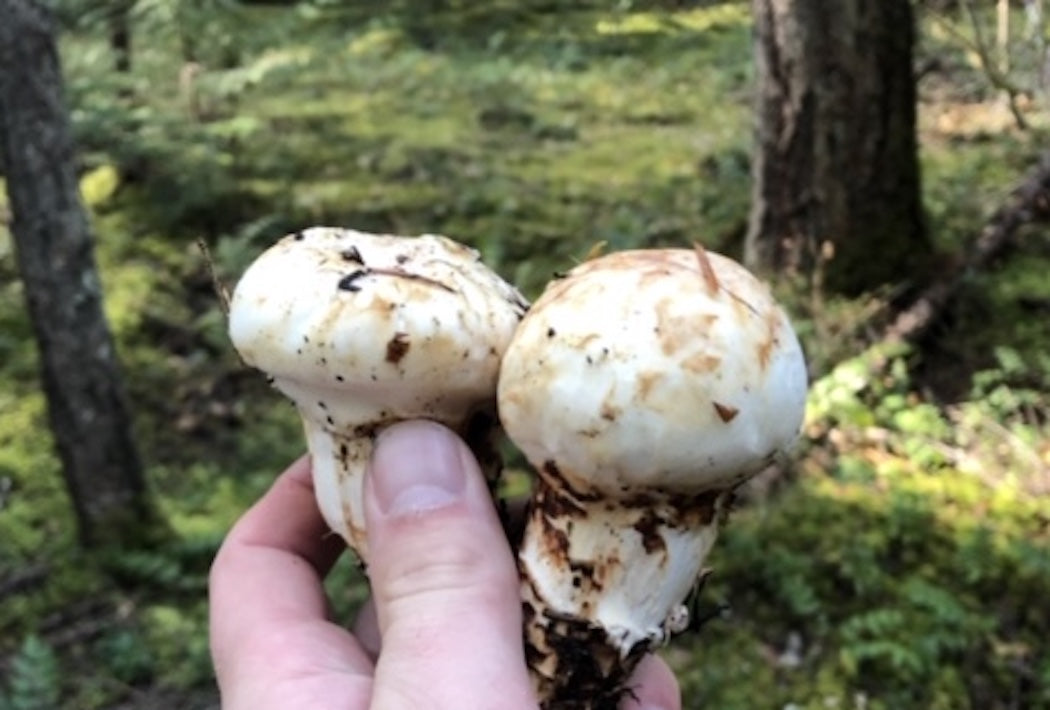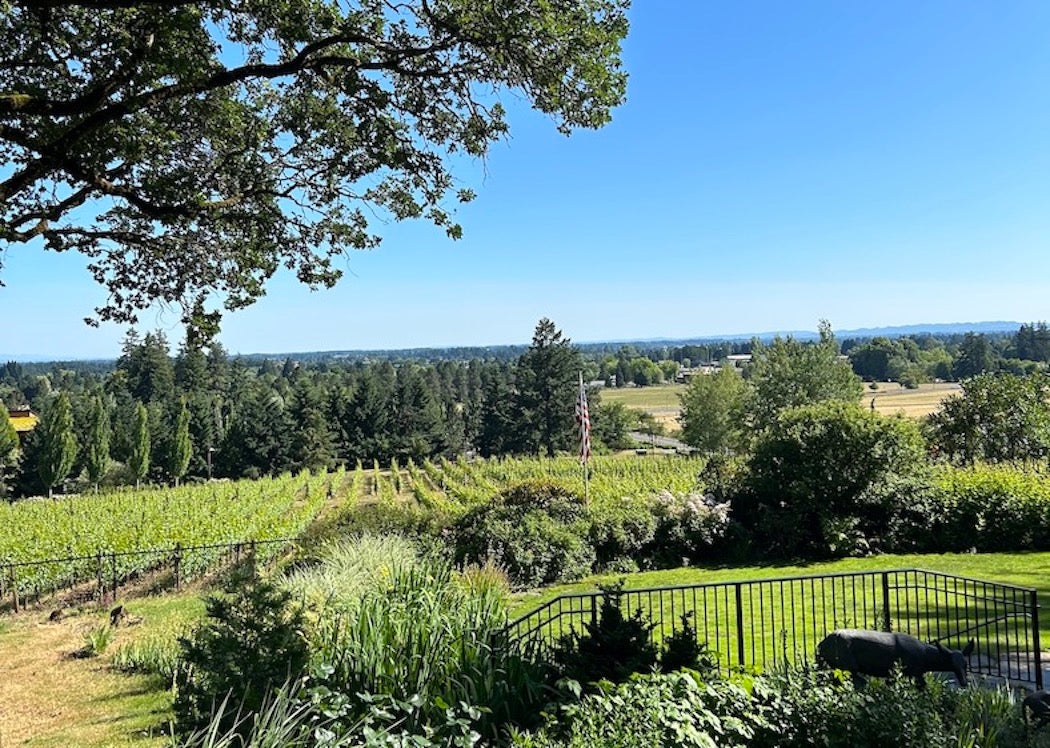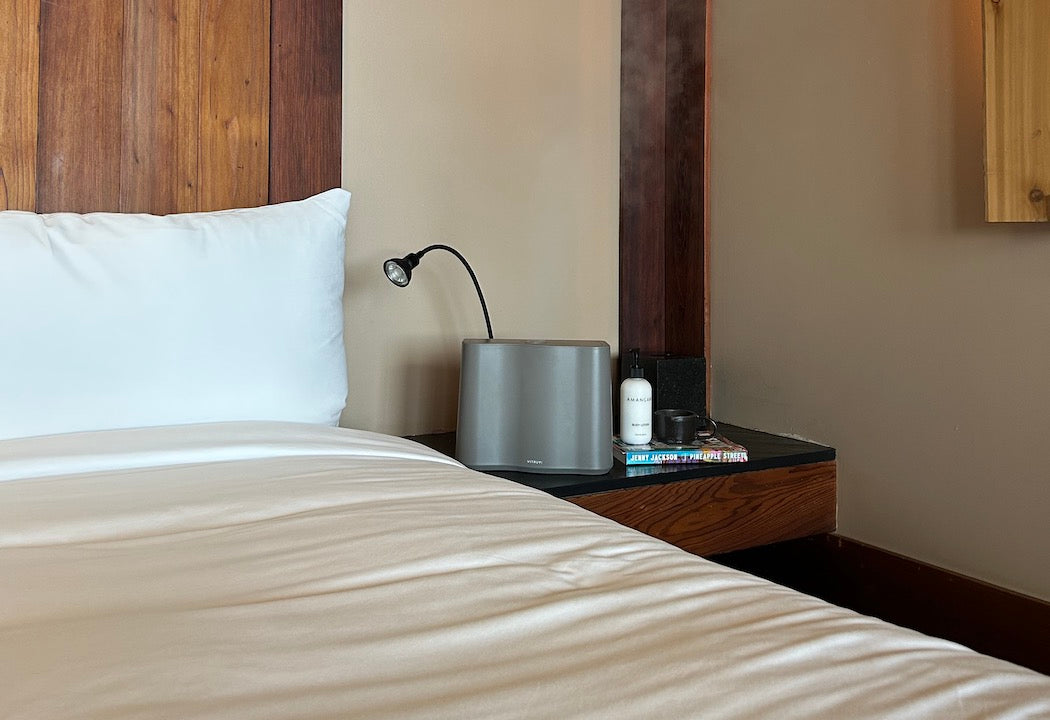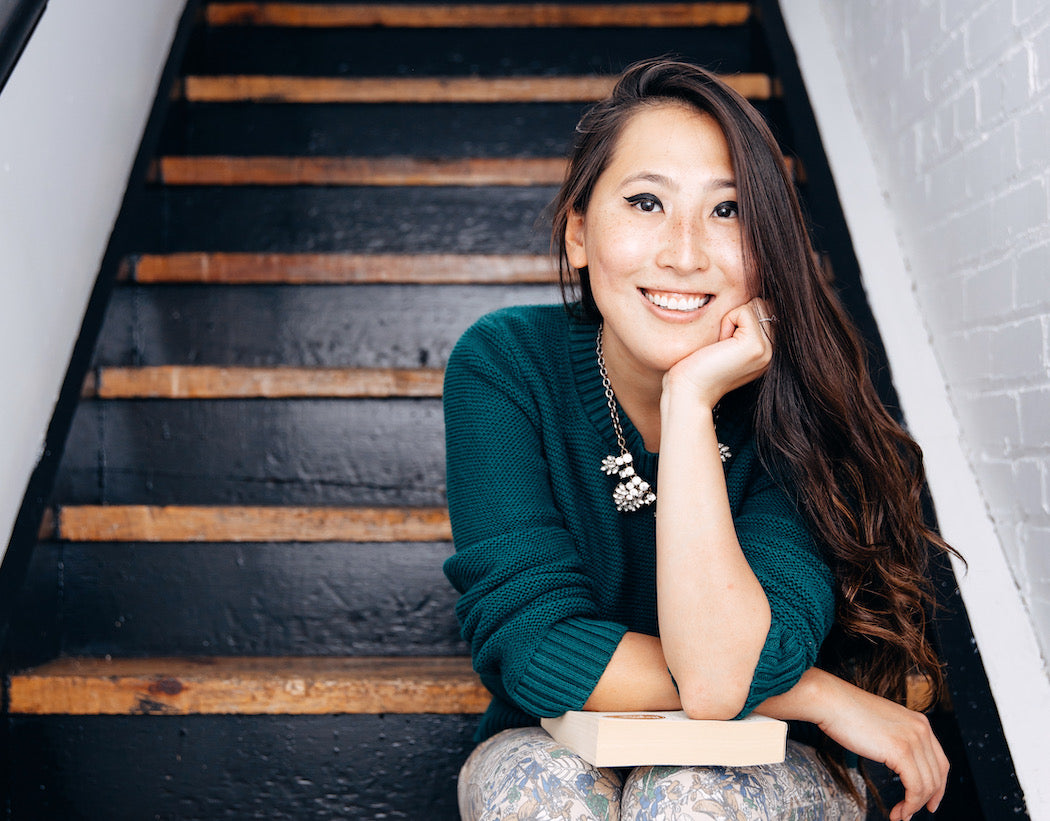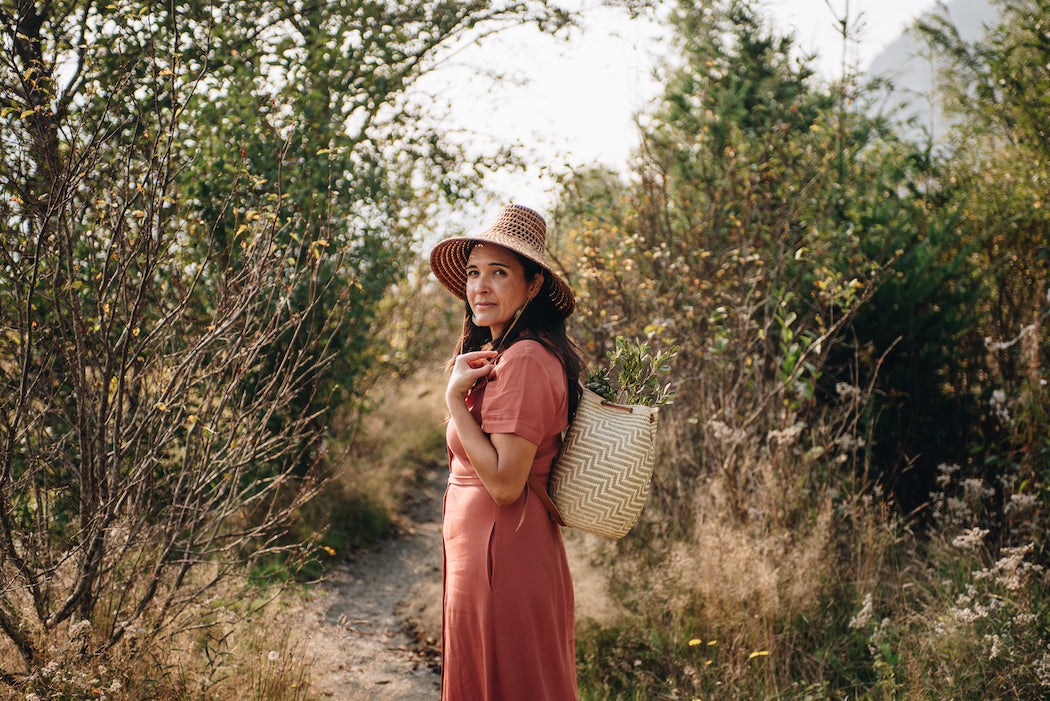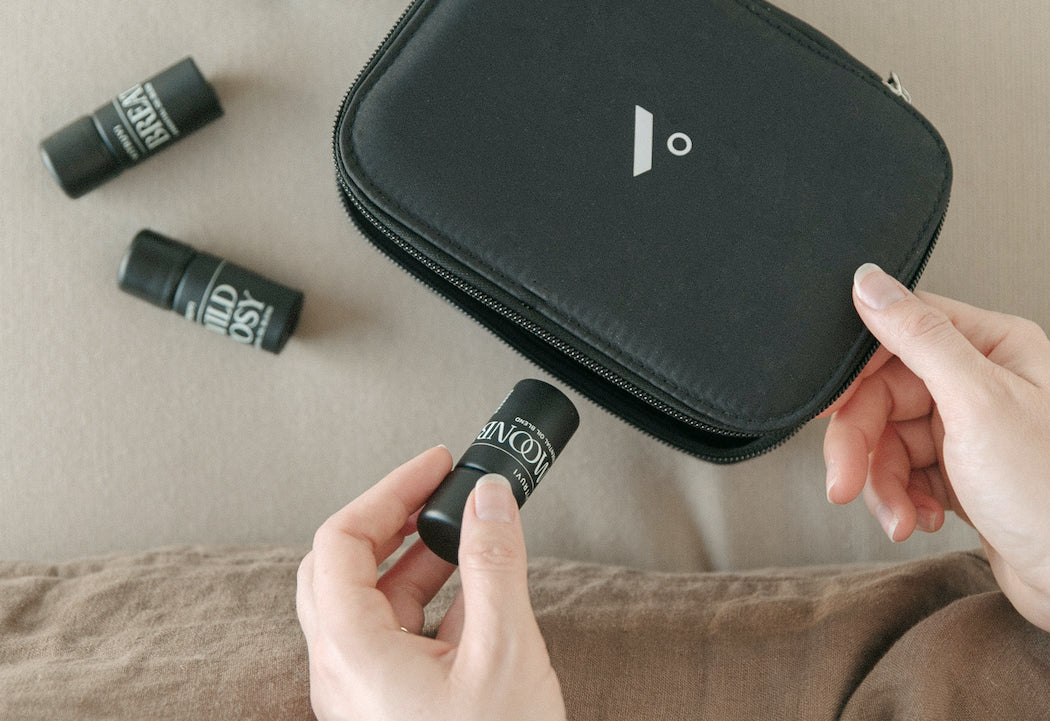Once foraging season starts, there is an abundance that can somehow start to feel overwhelming for me. There are so many beautiful and delicious things, it’s impossible to capture them all. But I do what I can, and incorporate as many foraged ingredients as possible into my dishes at Vancouver’s Published on Main, where I serve as executive chef.
When to forage
For me, foraging season in the Lower Mainland of British Columbia begins with the arrival of elderflowers, usually in late April or early May. It brings me so much joy to find the first signs of them.
Other plants like salmon berries, blackberry shoots, flowers (great for salting or pickling), flowering red currants, and cherry blossoms soon follow. So many beautiful things to work with.
In June, pine, fir, and spruce start sprouting their tender, citrusy, neon green shoots, which are great for vinegar and sauces. They can be vacuum-packed and frozen for later.
At the water’s edge, beach succulents, sea asparagus, portulaca (sea purslane), and sea arrow grass (which tastes intensely of cilantro) will start popping up.
What to forage
Near the shores, as the elderflowers wilt and start to form the buds that we turn into capers, the fragrant beach and Nootka roses start to flower, too. Under the roses, thick patches of sweet oxeye daisy grow, a beautiful salad green in colour; they make fantastic capers as well.
Foraging mushrooms
If you’re not familiar with foraging mushrooms, you definitely need a guide to help you identify what is edible and what is not.
First-of-the-season mushrooms are hugely exciting. While you can definitely find early-season verpa and natural morels, I like to bet on a sure thing, so I research where forest fires occurred the previous year, and go into those burns to find morels. A good burn can prove quite prolific; I often pick 20 to 30 pounds a day.

Other mushrooms include porcinis in July, followed by chanterelles until November. Then, pines in September and October.
There are many others we pick, but those are the ones that drive me and that I put the most energy into. It has definitely turned into a very grounding activity for me. I often say that the worst day you have picking mushrooms is still a great day walking in the forest.
Foraging berries
Beyond mushrooms, later summer into the fall is when we start seeing a lot of berries: mulberries, blackberries, trailing blackberries, raspberries, strawberries, huckleberries, and salals. Picking berries for commercial or restaurant use seems daunting to me—the amount we go through would be staggering to keep up with—so I mostly treat them as a bonus snack when I am out picking mushrooms.
Where to forage
As far as foraging spots go, I won’t reveal my specific patches—but I’ll say that a little bit of online research goes a long way. To me, the most obvious tips are: pick well off main roads, stay off private or city property, and be considerate. Don’t decimate one area, but rather graze, pick a few, and keep moving. Leave some for the animals and insects.

